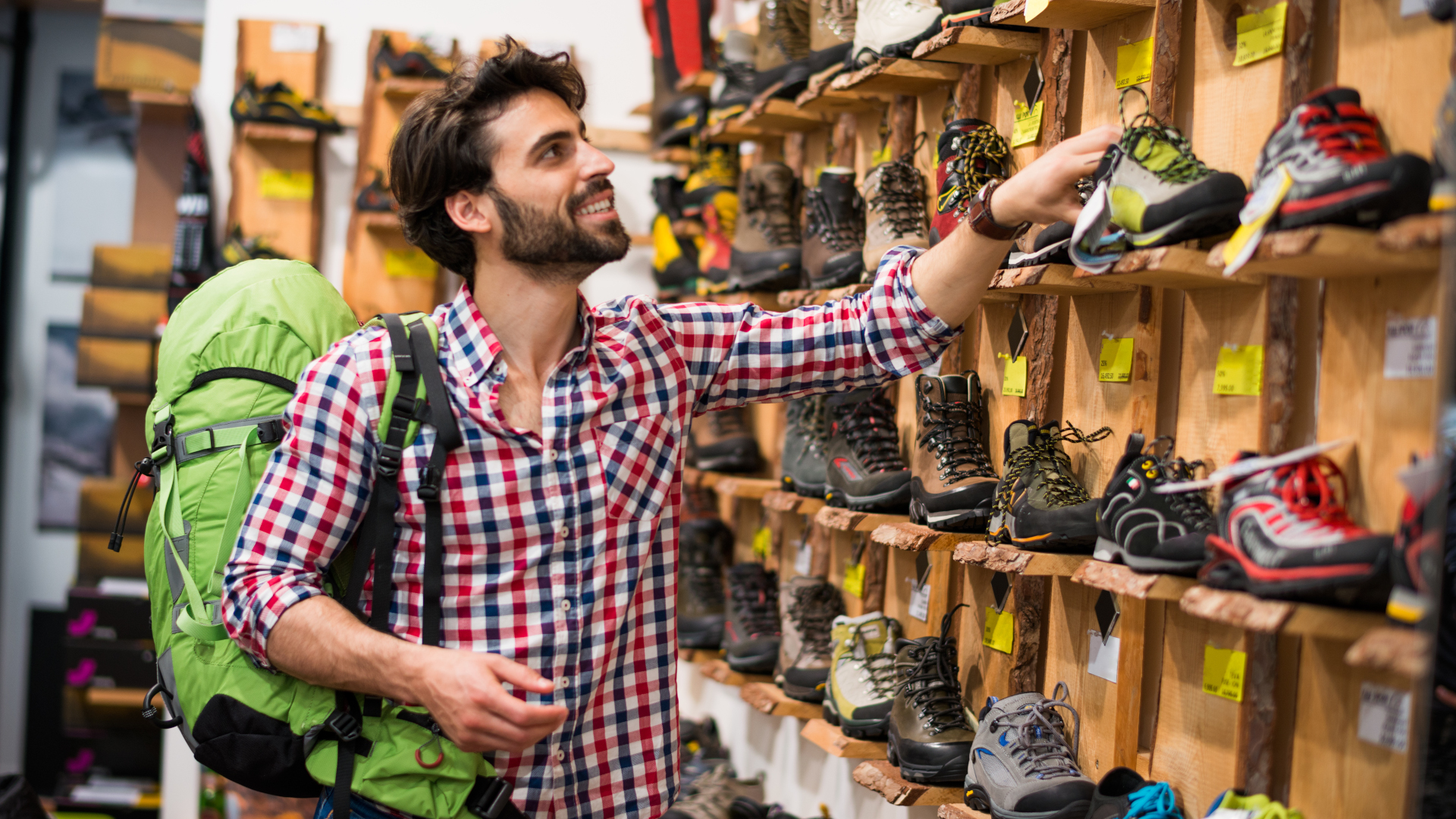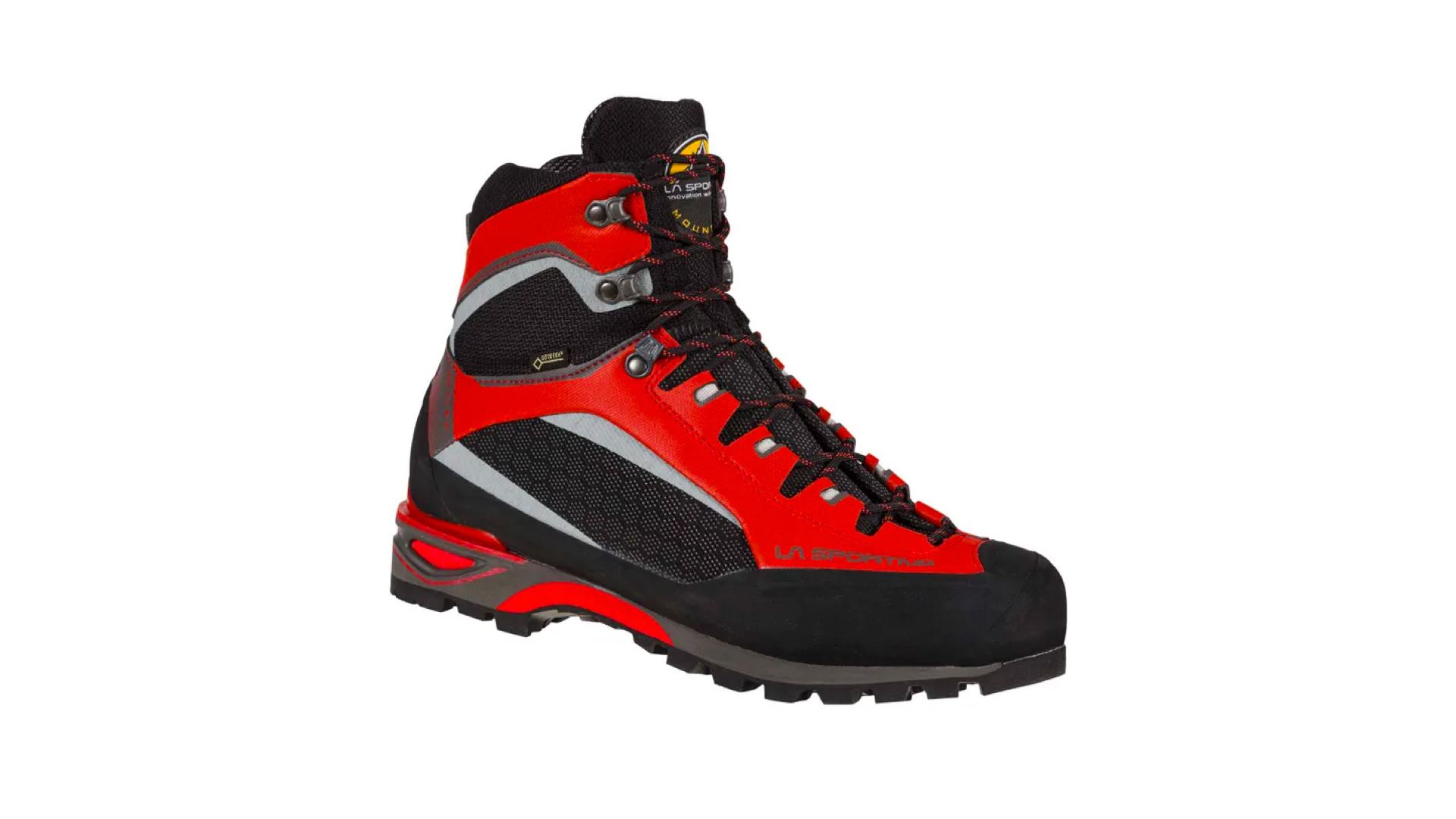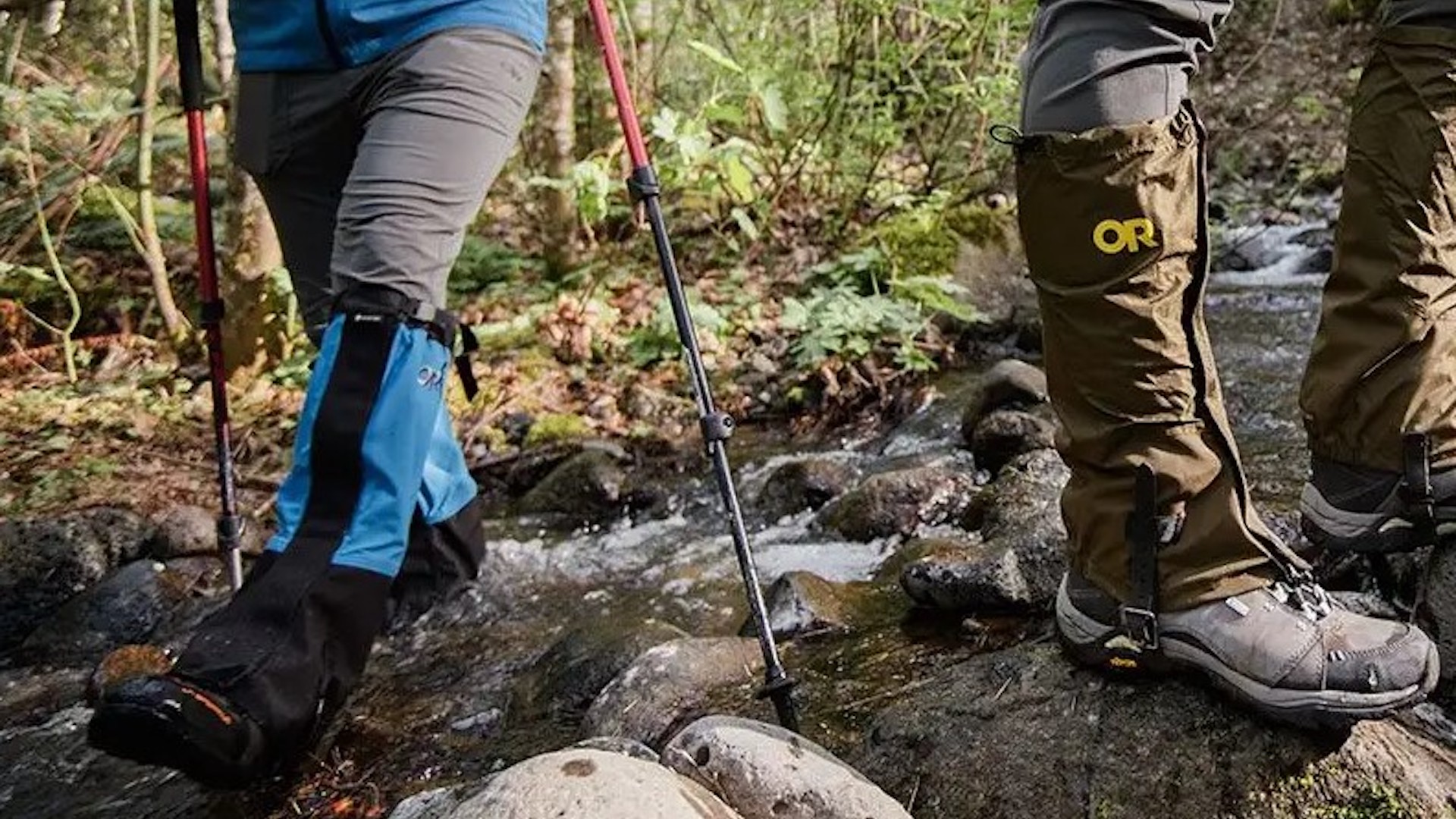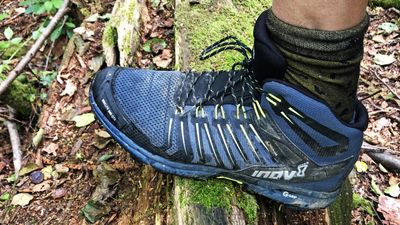High cut vs low cut hiking boots: how much protection do you need?
We size up high cut vs low cut hiking boots to help you choose the best walkers for your next adventure

If you’re in the midst of choosing your next pair of hiking boots, you’ll have noticed they’re getting more and more diverse. As outdoor brands recognize that hiking footwear is a very personal choice indeed, you’re now faced with myriad choices like leather vs synthetic materials, whether you want waterproof or ultra breathable boots and between stiff or cushy midsoles.
One of the most fundamental decisions you need to make, however, is whether you want a high cut boot like the La Sportiva Trango TRK GTX or a low cut boot such as the Inov-8 Roclite 345 GTX. Sure, the high cut boots make you look like a serious hiker where as the low cut models seem a bit more casual, and perhaps comfortable – but is that all there is to it?
In this article, we size up the technical benefits and disadvantages of each type of hiking boot to help you choose the best pair for your next adventure.

High cut vs low cut hiking boots: protection
One area where high cut hiking boots have a clear advantage over their low cut counterparts is that they provide more protection from certain trail hazards. Here, we’re talking about rocks that you might bash your ankle bone on if your path is really uneven, rocky debris on a rough trail that might find its way inside your boot and water that might find it's way over the cuff of your boot during a stream crossing if your boot isn't high enough.
Debris and water, of course, can be prevented by wearing gaiters no matter what type of boot you’re wearing, but if you’re keen to protect your ankle bones from bruising on a rugged trail, only a high cut model can do that. For a well-maintained trail, however, this won’t matter.
High cut vs low cut hiking boots: ankle support
The main argument for most people who choose any type of hiking boot over a hiking shoe is that the cuff provides support to help protect you against ankle sprains on the trail.
Perhaps for obvious reasons, there isn’t much in the way of research to show if and how much your footwear choice really can affect your ankle stability, but anecdotally anyway, many hikers have had the experience of taking a misstep and avoiding injury thanks to the high wall of their hiking boot. A lower cut could then provide a little less of that ankle stability, but remember in either case you’ll want your boots laced properly so that they’re snug around your ankle.
Advnture Newsletter
All the latest inspiration, tips and guides to help you plan your next Advnture!

High cut vs low cut hiking boots: weight
How much a pair of hiking boots weighs depends on the materials it’s made from, and a leather boot is always going to weigh more than a synthetic one, but additionally, the more of a boot there is, the more it will weigh. For this reason, a high cut boot will add more ounces on the scale. The Trangos we refer to earlier in this article are 720 grams per boot compared to the Roclites 245 grams., so if you’re seeking something light for a fastpacking adventure, a lower cut might help you move more nimbly.
High cut vs low cut hiking boots: temperature control
There are lots of factors that can go into the comfort of a boot, and we’re aware that comfort comes down in part to personal preference, anatomy and the overall design of the boot. One major player in comfort that we can discuss, however, is temperature control.
While the materials of a boot – and whether it’s a waterproof model – will influence its warmth and breathability, in general a higher cut boot will be warmer and less breathable, making it better suited for cold weather adventures, whereas a lower cut will allow a little more air circulation around your ankles and may be better suited to summer.

High cut vs low cut hiking boots: cost
You’ll surely be able to find exceptions to this, since the cost of a hiking boot will be determined by factors like the quality of the materials used and the brand’s reputation, but in general, you’ll pay a bit more for a high cut hiking boot than a low cut model (Those Trangos run $220 compared to the Roclites $190) and that’s because it uses more materials in construction.
| Header Cell - Column 0 | High cut | Low cut hiking boots |
|---|---|---|
| Protection | Protects against debris, water and ankle against sharp rocks | Less protection, but some can be restored with gaiters |
| Weight | Heavier | Lighter |
| Temperature control | Warmer and less breathable; better for cold weather | Cooler and more breathable; better for warm weather |
| Cost | More expensive as compared to a similar boot | Relatively cheaper as compared to a similar boot |
High cut vs low cut hiking boots: the verdict
While your choice of hiking footwear is always a very personal decision – there are folks that wear high cut boots for casual walks and others who do thru-hikes and 14ers in trail running shoes – as you can see what type of hiking you’re planning on doing can also play a role in your decision-making.
If you’re planning to tackle very rugged terrain, there are lots of good reasons to choose the stability and protection of a high cut hiking boot, though you might be able to wrangle some of those benefits back by wearing a pair of gaiters with a low cut boot. You’ll want to be aware that these boots may be warmer, a little pricier, and you’ll want to make sure your hiking socks are at least mid calf height while your hiking pants have a wide enough cuff to clear your boot.
A low cut boot will shed a little weight and be cooler for warm days, and should work with most socks and trousers, plus it will cost less, but you’ll need to be aware that you sacrifice some protection which can matter in cold weather and on technical trails.
With all that in mind, if you’re hiking a variety of trails and have the funds, you could get one of each so you’re prepared for different types of terrain and seasons, but that of course brings your investment up substantially. If you’d rather find a less costly and more versatile option than that, check out some of the mid cuff hiking boots we’ve tested and loved, such as the Vasque Breeze and Lowa Renegade.
Julia Clarke is a staff writer for Advnture.com and the author of the book Restorative Yoga for Beginners. She loves to explore mountains on foot, bike, skis and belay and then recover on the the yoga mat. Julia graduated with a degree in journalism in 2004 and spent eight years working as a radio presenter in Kansas City, Vermont, Boston and New York City before discovering the joys of the Rocky Mountains. She then detoured west to Colorado and enjoyed 11 years teaching yoga in Vail before returning to her hometown of Glasgow, Scotland in 2020 to focus on family and writing.

